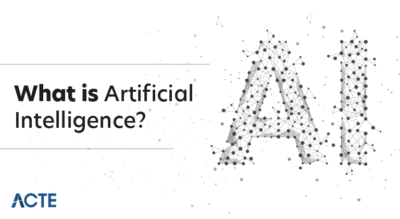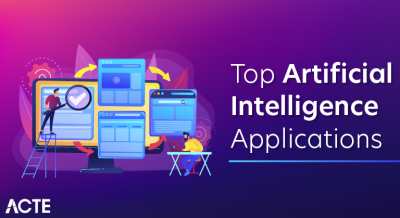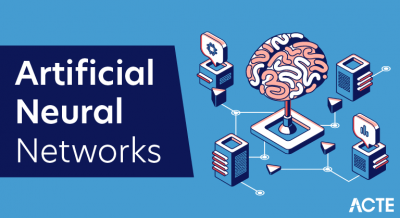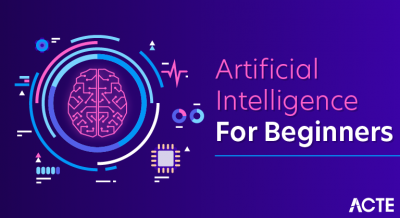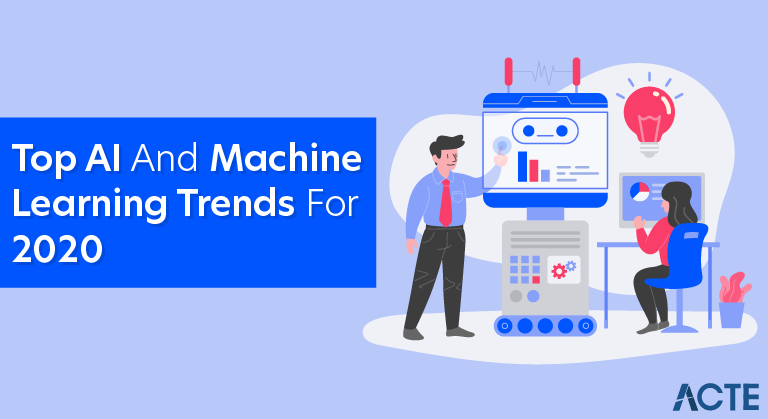
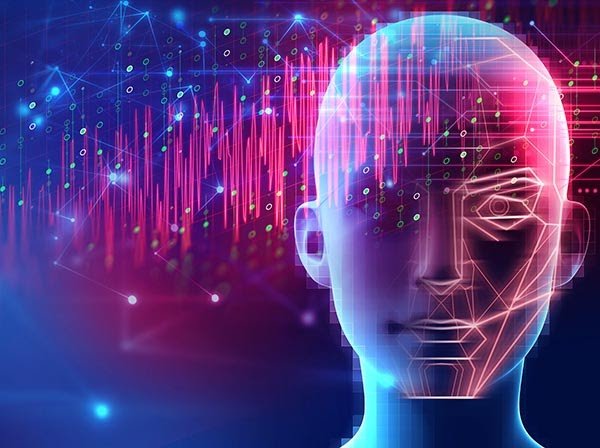
“Artificial Intelligence and Machine Learning have reached a critical tipping point and will increasingly augment and extend virtually every technology-enabled service, thing, or application.” – Gartner
An article on the future of and machine learning mentions that while cloud technology offers “agility to business processes,” artificial intelligence (AI) and machine learning (ML) technologies can jointly transform business outcomes. So what are some of the current artificial intelligence and machine learning trends coming soon? Let’s begin with some interesting forecasts for the year 2020 and beyond:
- In 2020, artificial intelligence (AI) will create 2.3 million jobs and eliminate 1.8 million jobs.
- In developed countries, 20 percent of citizens will use AI assistants for everyday tasks by 2020.
- AI projects with “built-in transparency” will be most likely to get enterprise funding by 2022.
- By 2024, scarcity of data scientists will not be a roadblock for enterprise Data Science (DS) or machine learning (ML) adoption.
The Future of Machine Learning and Artificial Intelligence mentions that while cloud technology offers “agility to business processes,” AI and ML technologies can jointly transform business outcomes.
AI and Machine Learning for Business Analytics — Trends in 2020
Five of the most notable AI and ML trends for business analytics in 2020:
- AI-enabled augmented analytics capability will be a major driver of enterprise buying decisions for Data Science and ML platforms, which includes analytics and BI in 2020.
- In Data Science (adaptive Data Science) and business-analytics systems, AI-enabled, graph processing, and graph analytics will continue to dominate in 2020 through 2022.
- Business analytics platforms will have built-in AI and ML procedures to control the creation, dissemination, and sharing of analytics content.
- Machine Learning as a Service (MLaaS): In 2020, cloud service providers are highly likely to offer MLaaS to businesses without on-premise Data Management facilities. Well-known MLaaS providers, like Amazon, IBM, Microsoft, and Google, have already started offering MLaaS services to businesses that lack in-house ML programs. In 2020, the most sought-after ML services will include natural language processing (NLP), predictive analysis, and data visualization.
- AI Platform as a Service (PaaS): Just like MLaaS, unified AI platforms with many features and capabilities will be offered as services by third-party service providers in 2020.
The Analytics Insights article, Top 10 Data, and Analytics Trends to Watch Out for in 2020 suggests how interrelated technology trends will impact the business landscape of 2020.
Artificial Intelligence Impacting Businesses in 2020
Machine Learning and Artificial Intelligence Trends in 2019 claims that 2019 was a pivotal point for both AI and ML, as both these technologies went mainstream in global businesses and their hidden potentials became quickly evident in real-life applications. What is left for 2020?
Let’s explore how the initial success of AI and ML in market applications will further boost adoption in 2020:
- The trend of mainstream implementation of AI solutions for boosting business efficiency and productivity, which started in 2019, will continue in 2020.
- UiPath, Informatica, or Pegasystems — each of these ground-breaking decision-support platforms can leverage AI and ML procedures to control the creation, dissemination, and sharing of analytics content.
- AI-driven industrial growth will result in two million new employment by 2025.
- AI up-skilling trend in 2020: This trend, initiated in 2019, will continue through 2020. Up-skilling enterprise staff with AI skills is a major business strategy in this decade, which will result in more citizen data scientists, citizen developers with power AI skills, and a select group of professional data scientists and data engineers.
- In 2020, all Data Science job roles will have to be re-defined based on the above grouping of skill levels and technical expertise. In an interview in 2019, Gartner informed InformationWeek that starting 2020, AI will create more jobs in industries that it will take away.
- The current void in the market for skilled data scientists will have to be mitigated with industry-academia partnership (Data Science courses) and DS apprenticeship programs. Many of these courses or programs will be launched in 2020.
- Trust deficit in AI will have to be countered with ethical and well-governed Data Science practices, where the current biases or interpretability concerns surrounding AI models will have to be tackled through Data Governance, Data Quality, and Data Stewardship best practices.
Price Water Coopers 2019 AI Predictions explains how businesses may have started to prepare for 2020.
Two visible movements to combat the trust deficit in AI-enabled data-management systems in 2020 are:
- “Explainable AI” is a move toward making AI models more trustworthy
- California Consumer Privacy Act (CCPA) 2020
AI and ML for Business Intelligence: Trends in 2020
Insights Association has offered its views regarding the most prominent BI trends in 2020 in the article Top 9 Most Important Business Intelligence Trends for 2020:
- Embedded analytics with built-in ML models will become a mainstream capability of all BI platforms in 2020. In fact, all major BI vendors are in a race to implement embedded analytics capability in their systems to pick up a share of the 2020 BI market.
- AI and natural language processing (NLP) will jointly contribute to the creation of voice-activated assistants, similar to Alexa or Siri. These handy assistants will magically transcribe human language into data for further analysis.
- Augmented Analytics in 2020: AI, ML, and NLP will provide tools for interacting with business data “organically.” Businesses will no longer have to rely on data scientists and advanced data analytics platforms because augmented analytics will enable AI tools to interact with data directly to provide key, actionable insights to business users.
- The democratization of BI: Today, AI, ML, and NLP tools are both affordable and available for businesses of all shapes and sizes, thanks to the widespread commercialization of these applications. No longer do cash-strapped businesses have to think of investing in on-premise data centers.
AI & Big Data: The Future of the Digital World describes how AI and Big Data are destined to disrupt the digital world of the future.
The Business Apps Culture of 2020
Forrester predicts that by 2020, “businesses that are using artificial intelligence (AI) and machine learning technology will gain $1.2 trillion annually from their market base.”
The journey of business apps that began full scale a while back will continue through 2020. A note of warning to all enthusiastic app developers: great ideas alone will not help build great apps. The ideas must be shared with, nurtured, and guided by experienced business experts and technology experts to be converted into products.
For example, the future healthcare market provides plenty of opportunities for app developers to come up with practical solutions to common healthcare problems. The hallmark of success for business apps may be summed up as “predictability, reliability, quality, and consistency of results.” The future app developers can review this interesting Your Story.com article, The Best AI/ML App Ideas to Make in the Year 2019-2020.
Some business apps worth mentioning here include:
- The A12 platform, developed by PatternEx and MIT’s CSAIL Lab, claims to predict cyber attacks with the help of contextual modeling — a system involving a continuous exchange between a human analyst and an AI system.
- Redivivus Health, an “intuitive app,” is used by health service providers to provide error-free, clinical-decision support in real-time.
- Falcon, a cloud-based endpoint-protection system, helps prevent cyber threats in many industry sectors like retail and healthcare.
Allied Technologies Impacting AI and ML Trends in 2020
Of the many emerging technologies forecasted for 2020, Gartner points out that sensing technologies have a huge role to play in making the necessary data available to AI models and algorithms at the right time, at the right place (real-time). Without these amazing sensing devices, IoT analytics would not have been possible. The sensing technologies, which closely work at tandem with AI and mobility technologies are AR Cloud, cargo drones, autonomous vehicles, and 3D cameras.
Data Science vs. Machine Learning vs. Artificial Intelligence shows that as the global business landscape continues to move toward “all things digital” (remember Gartner’s prediction?), AI, ML, and DL technologies will collectively reshape the business ecosystem to a more data-centric and data-lucrative world.

